I first encountered creativity as a healing method in my late 30s, during one of the most painful chapters of my life. My father was dying from an aggressive form of cancer, and I was plunged into a world of confusion, unbearable grief, and betrayal. I spent enormous amounts of money bribing nurses, hospital carers, doctors—anyone I could—just to ensure he received the basic care every human being deserves.
Watching someone you love fade before your eyes, transforming in just eight months into a bedridden bag of bones, yet still clinging to an almost delusional optimism, is an experience I wouldn’t wish on anyone. Although, truthfully, in my darker moments, I’ve felt that even my enemies should taste this kind of pain.
Until that time, I had never held a paintbrush in my hand. Creative hobbies weren’t encouraged in my family. I had always found solace in books and museum visits, but never imagined I would create anything myself. That changed the day my English fiancé brought me a painting-by-numbers kit during one of his visits. That humble A4 board became my lifeline.
Each evening, after exhausting days spent at the hospital—chasing down doctors, slipping money into pockets, praying in churches, meeting energy healers, and buying endless vitamins and snake-oil potions from the booming multilevel marketing scene in Bucharest—I would return to that little kit. A brush, a few tiny tubes of paint, and those numbered spaces became my sanctuary. They gave me the strength to face yet another verdict, to absorb one more blow, and to silence the emotional storm within me—something I had mastered over a lifetime.
That was my accidental introduction to creativity as a healing force. And it never left me.
More recently, I’ve also found profound peace in nature. Foraging, in particular, has become an integral part of my emotional recovery toolkit. It grounds me, connects me, and restores a deep sense of balance.
These tools—creativity and connection with nature—are now practices I share and encourage, especially with those recovering from narcissistic abuse or trauma-related challenges. They are not cures, but they are powerful allies in healing.
And now, I offer you A Week in Creativity & Nature Healing—a glimpse into what it looked like for me, what helped me explore, express myself, and hold onto a sense of inner balance.
I wonder… what helps you feel whole again? What’s your favourite way to heal?
Six years ago, around this very time in April, I held my first solo exhibition in a charming little gallery in Rottingdean. It followed a deeply traumatic period in my life—something I’ll share more about soon. This painting, one of those sold during the exhibition, remains very dear to my heart. I still hold the hope that it continues to bring light and joy to its new owners, just as it once did to me.
Years ago, I stumbled upon something extraordinary—Touch Drawing.An intuitive, almost shamanic form of self-expression, it involves nothing more than your fingertips, a sheet of acetate, and a tube of oil paint. It bypasses the mind and flows straight from the soul.
This image is the only one I have left from that deeply transformative time—and yet it holds so much. If you’ve never tried it, I wholeheartedly recommend giving it a go. It’s raw, freeing, and profoundly healing.
Today, I gave myself permission to go to the woods, walk barefoot and feel the raw soul of the earth beneath me.
I sat on the grass, beside the anemones and bluebells, listening to the birds — each one doing what they do best… talking to each other.
I was still, with only my journal and a pen in hand.
And it felt… right.
If you’ve read my latest blog entry, you’ll know that the words “sob stories”—heard earlier today—rubbed me the wrong way.
Our so-called sob stories are not just tales of pain; they are lifelines. For many of us who weren’t born with a silver spoon or a charmed life, these stories help us make sense of our experiences. They help us discover who we really are. They guide us as we peel away the layers that never belonged to us in the first place.
These stories give us models of joy, of healing, of rising.
We—the ones with sob stories—have had to learn, again and again, how to make tons of lemonade. We’ve mixed and matched those lemons to create flavour, resilience, and even beauty.
And through it all, we’ve learned to be the Patch Adams of our own lives—finding light in darkness, humour in the hard times, and meaning in the mess.
For years, I’ve been painting the covers of my journals—each one a canvas of its own. I especially loved the large Moleskine notebooks; their paper has such a gentle, inviting texture. I must have around 60 or 70 of them by now. Every single one is different, a quiet witness to my life—filled with drawings, recipes, collages, and moments captured in ink and color. I haven’t opened them in nearly four years. Now, as I slowly return to them, it feels like greeting old friends I never stopped loving.
Self expression for the victims of narcissistic abuse plays a key role in their recovery journey! Sometimes they cannot put into words what they went through, are going through but a piece of paper and a bunch of colourful pens can make a difference!
Whenever someone tells me, “You’re so strong,” I smile a twisted smile. The truth is, I don’t want to be strong all the time. I long for easy, light-hearted days where there's no need for those words at all. I’m certain many others who’ve survived narcissistic abuse feel the same.
After a few days of creative silence, I picked up my pen again.
This is just one story—my story—of how creativity and nature helped me survive the unimaginable. Healing isn’t linear, and it doesn’t have to look a certain way. Sometimes, it begins with something as small as a paintbrush or a walk among trees.
So I invite you: pick up something simple today—a pen, a leaf, a colour, a moment of silence—and let it speak to you.
Your healing might start in the smallest, quietest place. Just begin.
Until next time, be well!
Please share this piece it you found it helpful, share it with somebody who might need it and why not support my journey. Here is how.
Ways you can support my work
Subscribe to my newsletter Soul to soul stories
🖼️ Buy my artwork here: Fine Art America and Redbubble
📚 Buy my journals + creativity workbooks: AmazonShare this newsletter with people you think would benefit from reading it
Buy me a coffee and explore the downloadable digital products and coaching offering
🔗Subscribe to Straight talk - YouTube channel
Upgrade to a paid subscription
Modern work environment = modern slavery - Naked truth chapter 27
Trauma shapes the way we approach life as a whole, especially work. Reflecting on her experience, in Romania, Martha remembers that “work was my sacred space—a refuge where I found appreciation, community, and joy, even in exchange for long hours and hard work”.

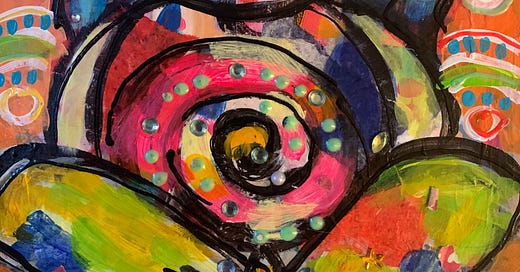



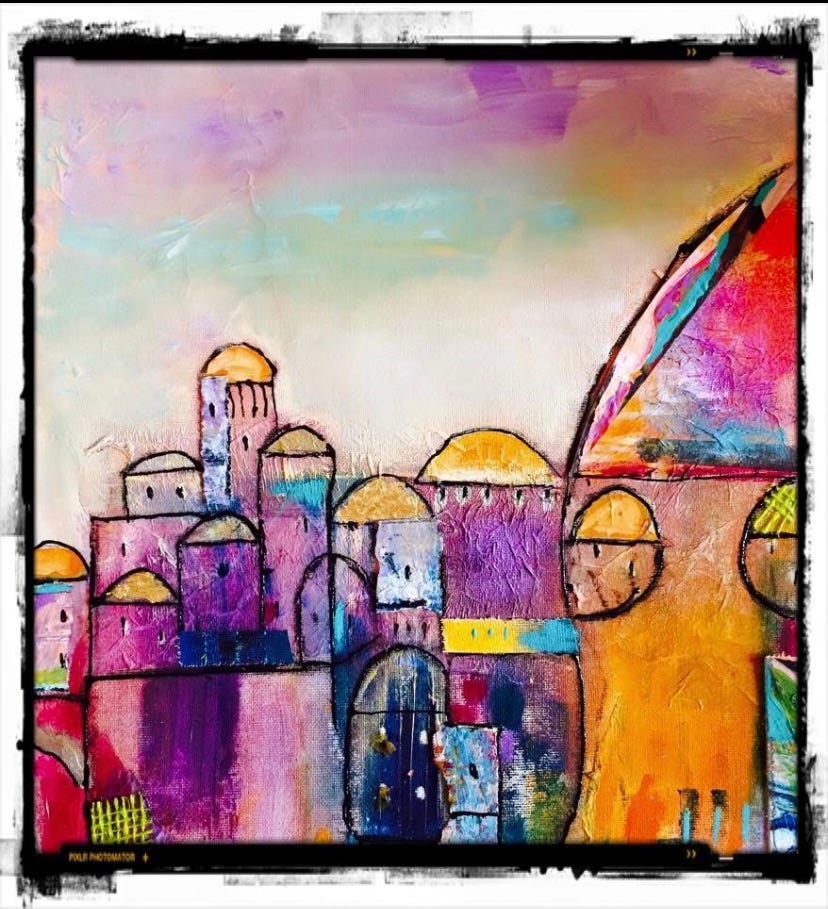
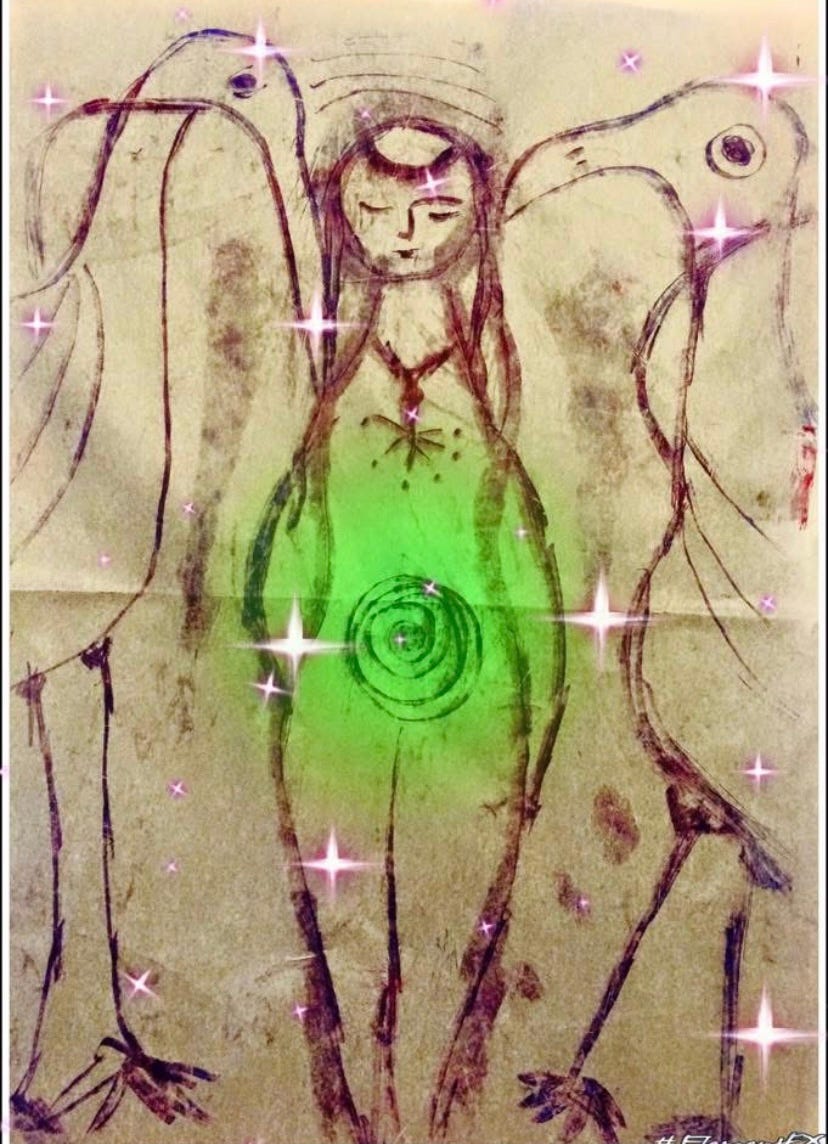
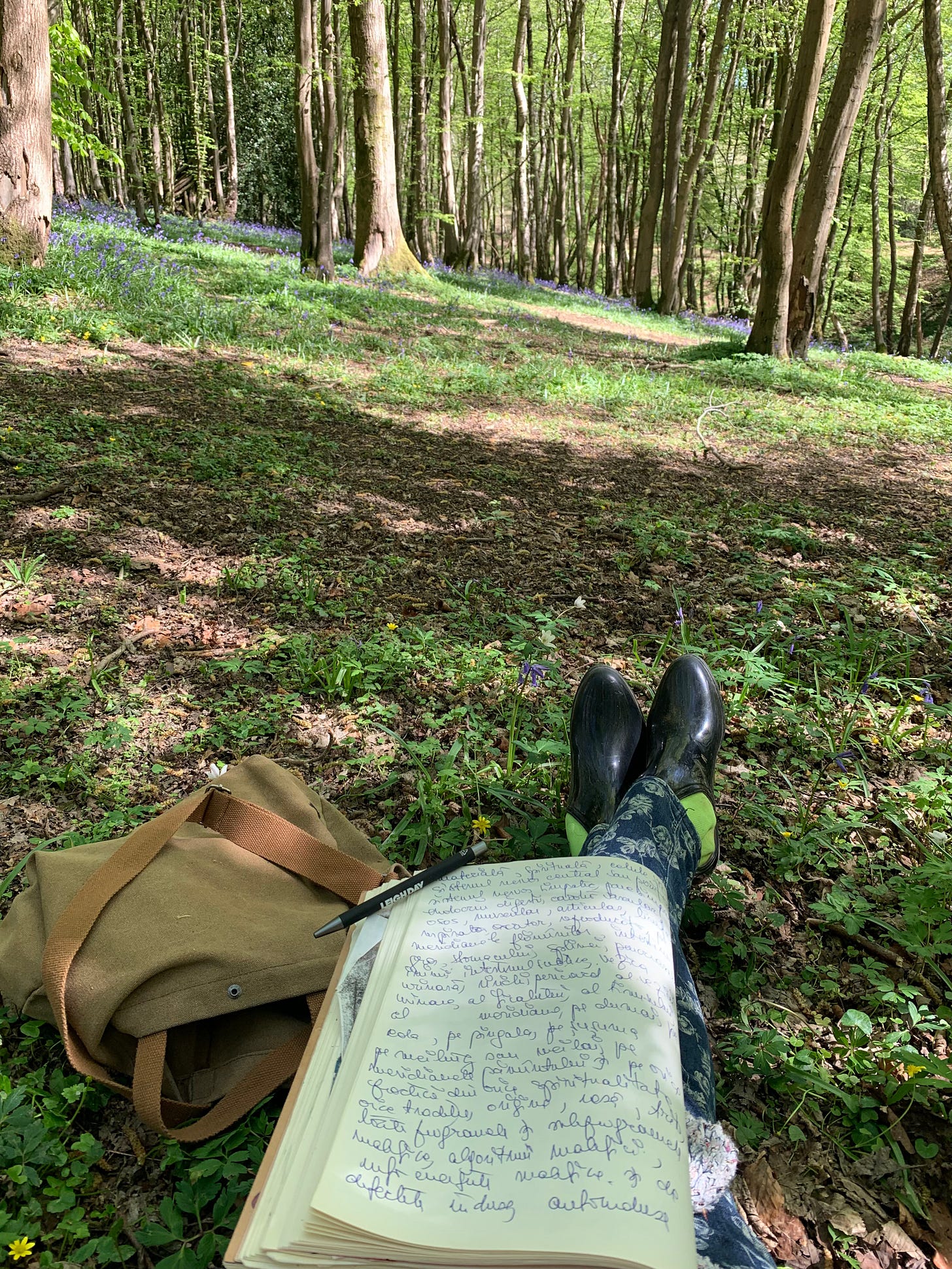
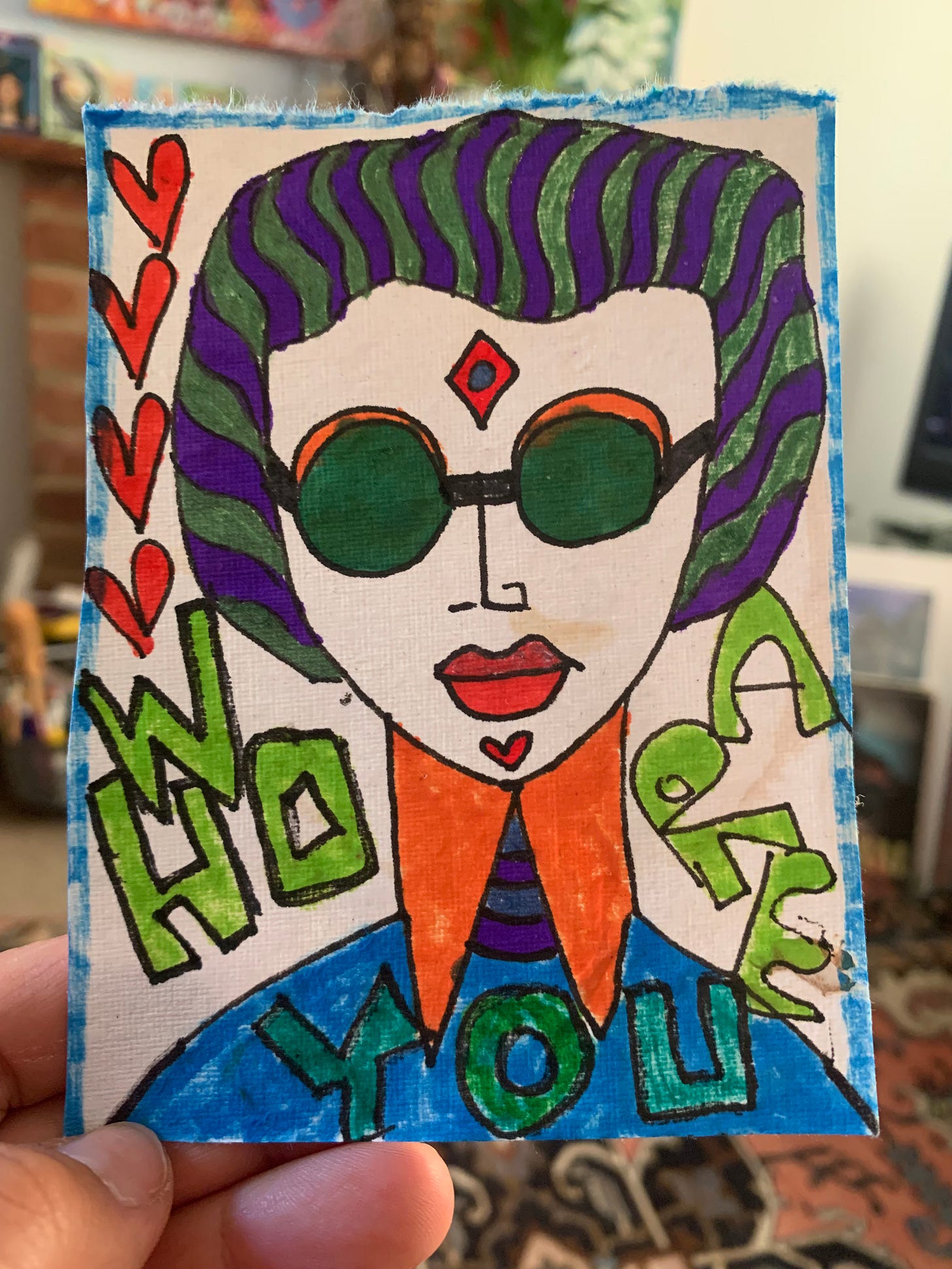

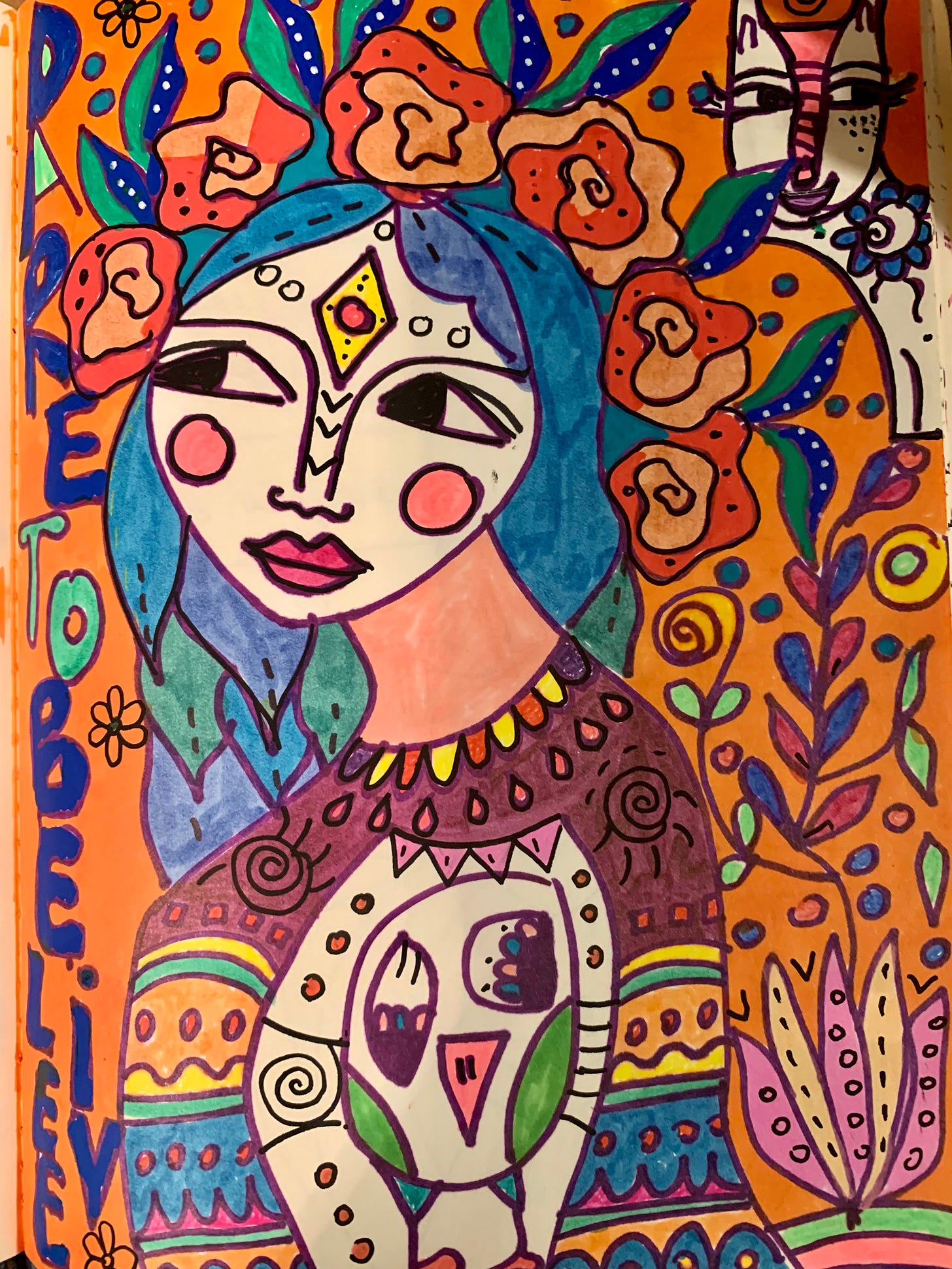
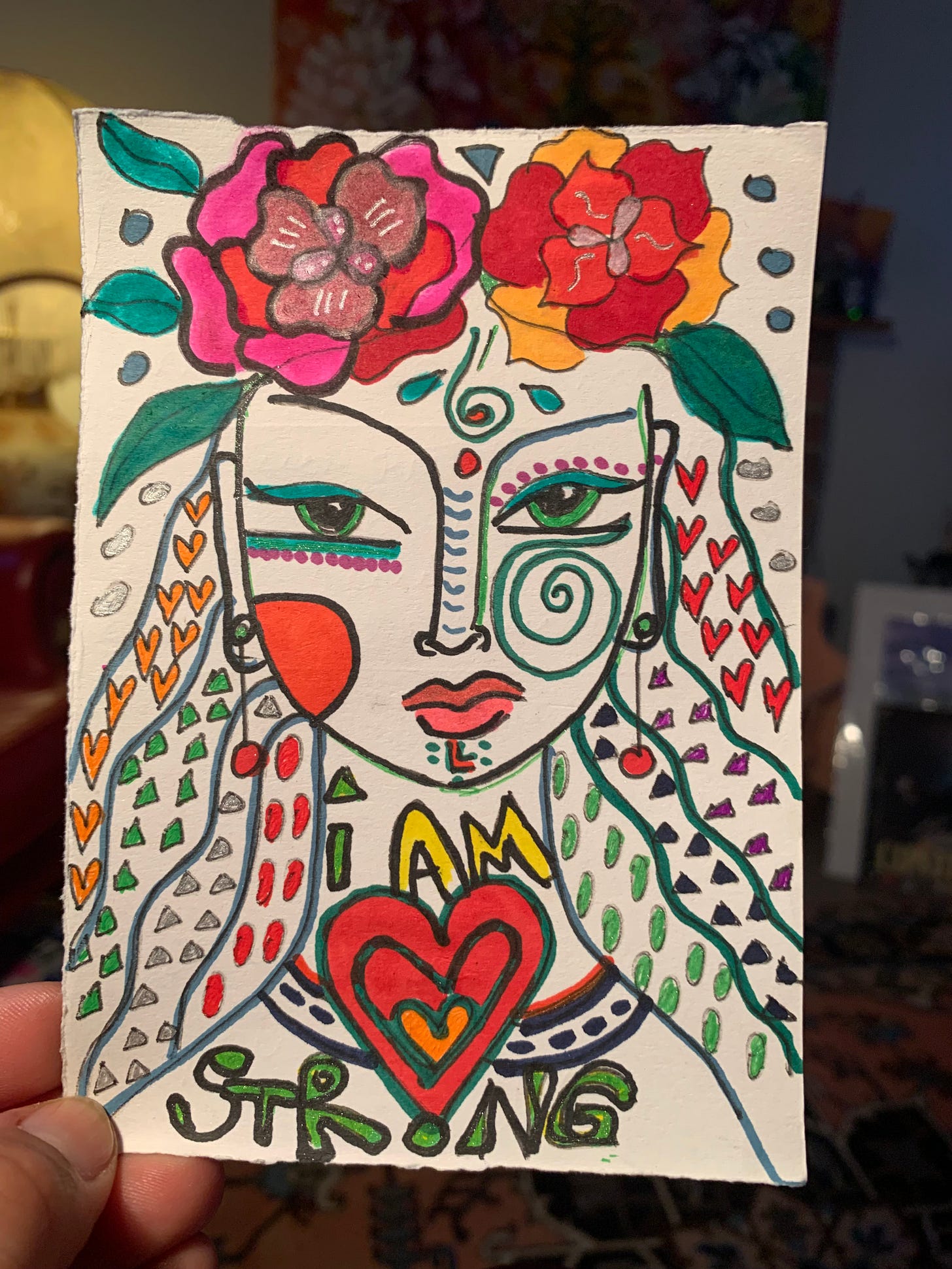

Reading about your experience with your father hurts my heart. Bribery has no place in patient care, I'm angry for you that you had to do that. Perhaps it isn't my place to feel so, but I do. When my Babci was diagnosed with the reemergence of her cancer, and that it had spread throughout her spine and skull, brain and liver. I was devastated but prepared to take care of her. We were set up with hospice. She said she didn't want to know what was wrong with her. But either someone told her anyway or the hospice was a giveaway. It was Thanksgiving week and the first caregiver sent to us was rude and handled her roughly. Complaining about how tangled her hair was. She was dismissive and spoke gruffly. Pulling the comb through my Babci's hair without a care to whether she was causing pain or not. I was beyond shocked at her behavior. If you can't come in with care and compassion for the dying, you don't belong in that line of work. Holiday or no, day off or not, this is the job you chose to do. Treating someone so horribly in their final days is worse than disgusting. I'm sorry...I'm ranting. In the end, the doctor told me I had at best 3 months with her...I got a week. She died Thanksgiving day.
I had just started exploring the possibility of writing a novel. When all this happened, I couldn't find the words to write. All my ideas left me. To this day, almost 19 years later, I still struggle. It didn't help that my narcissist spouse belittled my story ideas and told me what he thought I should be writing instead.
A few years later, I found mixed media art with one particular artist and another artist about painting big. that was maybe 15 years ago now?! I still struggle with art and writing. I hear and feel the silent judgement of those from my past all the time. I struggle with the idea that all other things must be done first before I can even allow myself to be creative. But I am trying.
Your posts, dear Karina, are beacon of hope. Thank you for sharing and for being a light in the dark.
Much love to you ❤
Dearest Karina, thank you for this. I’m in a season of healing and transition, and have been painting and poeming a LOT lately, after years of not being able to. In my journey as an artist I have known painting as prayer…. but trauma closed me off from it. I am grateful for the return. 🩷 Also, does touch art have to be done with oil?